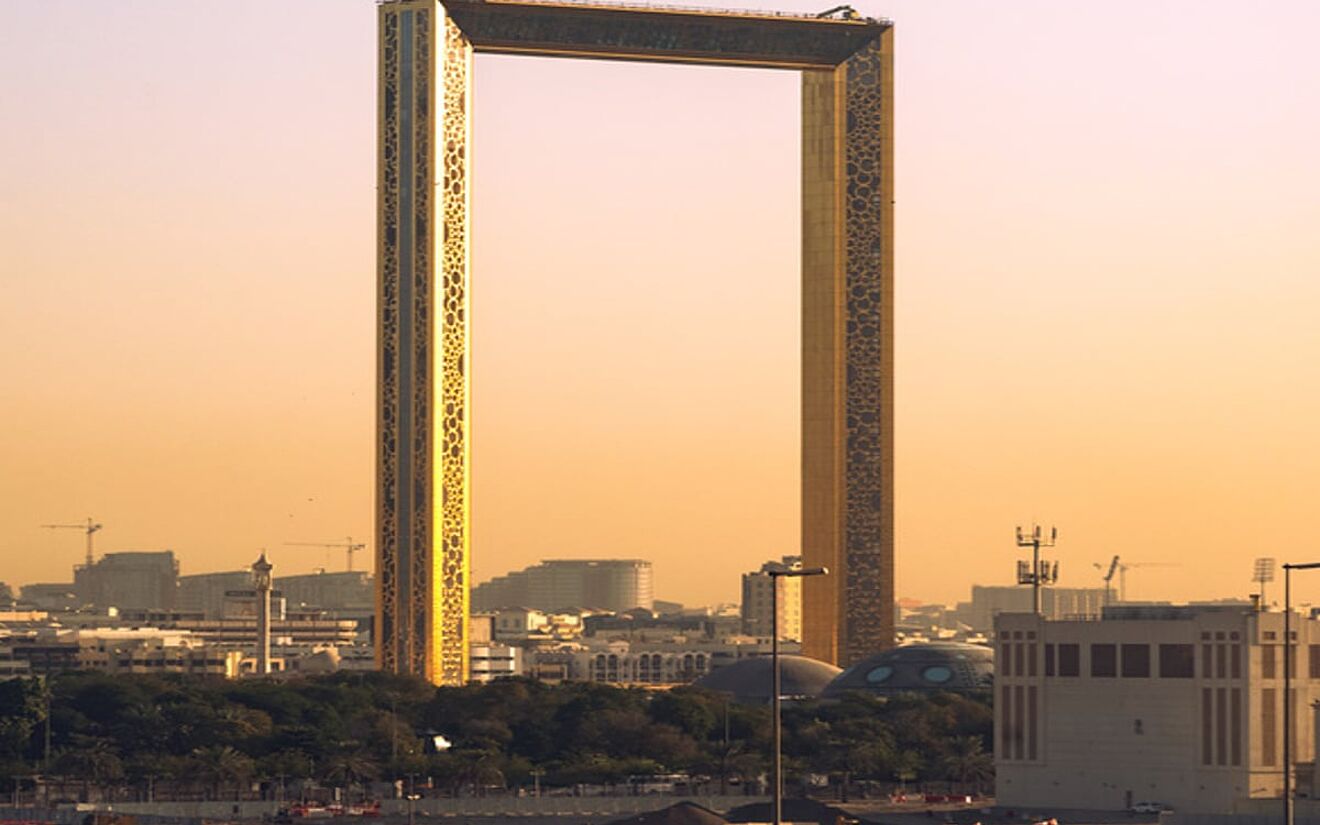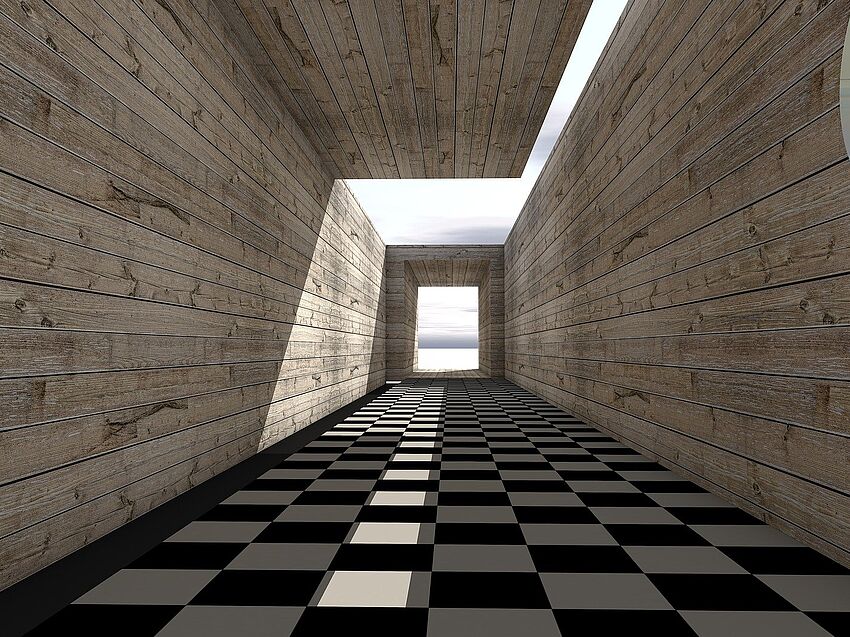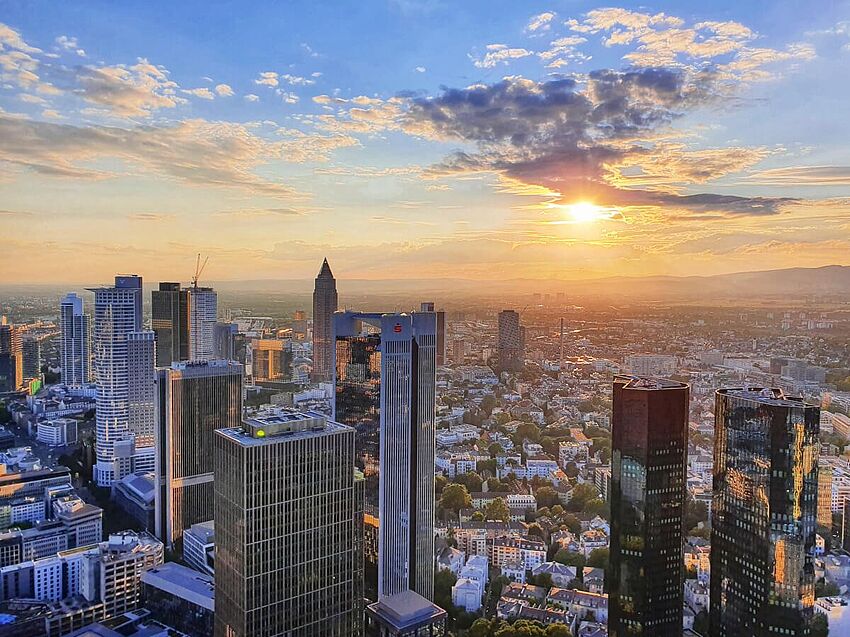Carbon concrete: building material of the future for sustainable construction
Pretty cheeky: In 2008, the city of Dubai and thyssenkrupp Elevator, supervised by the Union Internationale des Architects (UIA), organized an architectural competition for an emblematic building representing the "new face of Dubai". The winner was the Mexican architect Fernando Donis from over 900 competitors. His design, "The Dubai Frame", was built later and opened in 2018, but Donis claims to have received neither a contract nor remuneration, apart from the prize money. The building could thus not only literally be the largest "picture frame" in the world, but also, figuratively speaking, the frame for a theft of tremendous proportions.
With the Dubai Frame, the capital of the United Arab Emirates is once again expanding its collection of superlatives. Two 150-meter-high towers, connected by a 93-meter-long bridge with a transparent floor, make the building the largest "picture frame" in the world. Architect Fernando Donis disturbs the gold ornamentation a little - in his design, the Dubai Frame was kept in plain white. On the whole, however, he is pleased that the building was built and "works" exactly as he and his colleagues in Rotterdam had imagined. However, he would have preferred to have built it in accordance with the competition regulations.
Bad contract - no contract
According to Donis, the competition rules stipulated that the author of the winning entry would retain the copyright to it and that the city of Dubai would not use its work until it had signed the appropriate contract for planning with it. However, the contract Donis was presented with in 2013 after a long back and forth by the city of Dubai declared the opposite. The architect was therefore forced to attend the project only as a consultant and to cede all his intellectual property rights to the city of Dubai. The document also prohibited him from ever entering the site or promoting the project as his own work.
The City of Dubai also reserved the right to terminate the contract at any time. Understandably, the architect refused to sign such an "un-contract", whereupon the city of Dubai hired Arcadis' subsidiary Hyder Consulting and continued with the project neither with Donis on board nor with his consent. After the architectural firm had sent various warnings to the city of Dubai and thyssenkrupp and exhausted all means of communication, it was decided in 2016 to file an action for copyright infringement with the US Federal Supreme Court.
Untouchable
However, the legal step was in vain: according to the legal system of the city of Dubai, it can only be sued if it wants to do so. The city is virtually granting itself full immunity. In addition, the subsidiary defendant, thyssenkrupp, described the lawsuit as unfounded because the company had no power to decide on the award of the contract. In an earlier letter to Donis, it was also stated that his request amounted to a business disagreement and that thyssenkrupp could do nothing further.
Even the UIA, whose rules should actually apply, seems powerless in the copyright dispute. At the Guardian's request, the organisation wrote that all UIA-approved competitions must comply with the principles of UNESCO regulations - including the protection of intellectual property. Nevertheless, the UIA could not take any legal action after a competition. The city of Dubai, however, makes use of another right that it grants itself: It is silent. It is not known whether Donis will try to obtain his rights in any other way.
A drop of bitterness?
After this bitter experience, Fernando Donis will probably no longer take part in an architectural competition organised by the city of Dubai. After all, the media recognize that The Dubai Frame is his intellectual work, and on Wikipedia, for example, he is listed as the architect of the special building. In fact, the visualizations of his design clearly show that it is one and the same idea. The only thing about the building that obviously doesn't come from Donis' Rotterdam office is the circular gold ornaments. These reflect the corporate design for the upcoming EXPO 2020 in Dubai - a gigantic framework for an advertising campaign.




